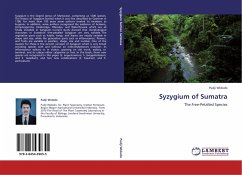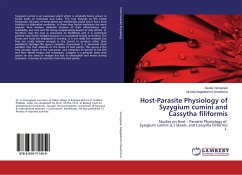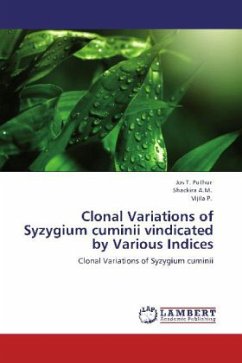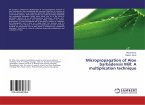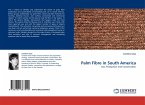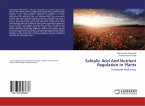Syzygium is the largest genus of Myrtaceae, comprising ca 1200 species. The history of Syzygium started when it was first described by Gaertner in 1788. For more than 100 years some authors treated its members as Eugenia. In addition, some authors recognized the existence of Acmena, Acmenosperma, Cleistocalyx, Piliocalyx, and Waterhousea which are all finally included in Syzygium. Current study showed that morphological characters in Sumatran free-petalled Syzygium are very variable. The vegetative parts such as habits, twigs, and leaves are mostly variable in shape and size, while the generative parts such as inflorescence, flowers, and fruits are variable in position, shape, size and number. One of the reasons for these is the current concept of Syzygium which is very broad including species with and without an intercotyledonary inclusion, its inflorescence solitary or in cluster, growing on old trunk, axillary, or terminal, and its calyces either calyptrate or free. In this book, three new species are recognized in this paper (S. angustovatum, S. longipetiolatum, and S. tassellum), and two new combinations (S. bisulcum, and S. perforatum).
Bitte wählen Sie Ihr Anliegen aus.
Rechnungen
Retourenschein anfordern
Bestellstatus
Storno

